English to French
Author: Matthew De Souza
Self-Evaluation

https://landing.directorpoint.com/wp-content/uploads/2016/08/MirrorBusiness-768×512.jpg
This semester has been a learning process in different ways, from looking for an internship to being hired for an internship in an organization or company. The focus of my career is the graphic design route and throughout the years, I have learned a lot about graphic design, brand strategy, typography and advertising. All of these tools were made to build me up for the professional world and including this internship. It was a small peek into how working with companies in the design department operates. During my internship for Fall 2023, I am confident that I have performed exceptionally well in handling the projects assigned to me. I have diligently worked on each one in a timely manner and have only been requested to make minor adjustments, never requiring a complete overhaul. My supervisor has shown complete faith in my abilities and has entrusted me as the primary person responsible for these projects. Additionally, I have always maintained a respectful attitude towards my colleagues and even when they ask for my opinion on their designs; I make sure to provide a constructive critique instead of a lousy examination.
I had the privilege of working alongside experienced designers and developers within the educational institution. To gain a deeper understanding of their work, I make it a point to ask them numerous “why” and “how” questions. I believe that there’s no better way to gain valuable insights and inspiration than by learning from successful professionals in the industry. If I’m not actively seeking their guidance, I’m not utilizing my time effectively. Time held great significance for us. Over the past months, we faced immense challenges in managing the projects and schedules of each intern. However, despite this hurdle, our supervisor took the initiative to distribute the workload among us and establish a fixed weekly zoom meeting for everyone to stay updated. Moreover, they entrusted us with the responsibility of informing others about upcoming projects or changes in case they missed a meeting. Effective communication played a vital role in ensuring a seamless workflow, and I consistently maintained contact with my fellow interns, providing them with updates and offering assistance whenever I had the opportunity.
When I finished the assigned tasks for the week, I ensured that I never settled for the bare minimum and always went above and beyond. In the case of multiple projects, if my supervisor requested three pieces, I delivered six. This demonstrates my unwavering dedication to this internship and my sincere intention to pursue it as a future career path. From a professional perspective, it is also important to offer a variety of options to your clients or boss, allowing them to explore different art styles and designs that are constantly flowing through your mind. Perhaps these additional creations can serve as a source of inspiration for them.
I am currently in the early stages of my career, dedicating myself to gaining experience and establishing a strong base upon which I can build in the future. However, as I progress and become a seasoned designer with a well-defined approach, I will have the confidence to deviate from conventional practices and rely more on my instincts. Although the design process holds significance, I strive not to fixate on it excessively. Design is adaptable and not confined to rigid principles. I aim to use all the knowledge given to me from the various professors and supervisors at this internship to build my design career into a successful one.
The Closing of a Journey #7
With the conclusion of the internship journey approaching, it signifies the wrapping up of all projects and the need to tie up loose ends. Throughout the span of 12 weeks, I successfully completed numerous projects. Nevertheless, there remains one project that is still ongoing, specifically the video recordings. While one of my fellow interns managed to acquire and film the much-needed footage, the audio and video concept is yet to be finalized. Time management plays a significant role in this situation, as all the interns have conflicting schedules, making it challenging for us to convene in person and discuss the next steps. To overcome this obstacle, our supervisor has called for an on-site meeting, allowing us to complete the video project before the semester concludes. I am grateful for this opportunity, as I have been striving to initiate progress on this video project prior to the seventh entry. Additionally, I aim to present the video project during the final presentation and receive valuable feedback for future video projects. As a full-time graphic designer and illustrator, video directing and production are not skills I have extensively developed. However, expanding my skill set and acquiring new knowledge can enhance my prospects of securing design jobs and impressing potential employers.

Last Design Project #6
This week, we focused on revamping the facts sheet for our educational institution. The sheet contained crucial details about enrollment, diversity, fundraisers, and more. Our task was to completely redesign the layout and incorporate vibrant graphs and charts. With a total of four pages, we interns decided to divide the workload equally among ourselves. Fortunately, I got the opportunity to work on the final page, which showcased the institution’s references. It turned out to be a relatively straightforward task since there weren’t many aspects that required modification. Our supervisor provided us with the necessary tools to update the text, charts, and graphs. After implementing the required changes, I decided to add a picture and switch the font to match the guidelines. During a meeting with our supervisor, I explained my rationale behind including the picture. I believed it would infuse the page with more personality, making it stand out rather than being easily overlooked. To my delight, they responded positively, appreciating the newly added picture and even suggesting that I offer design suggestions to the other interns for their respective pages.
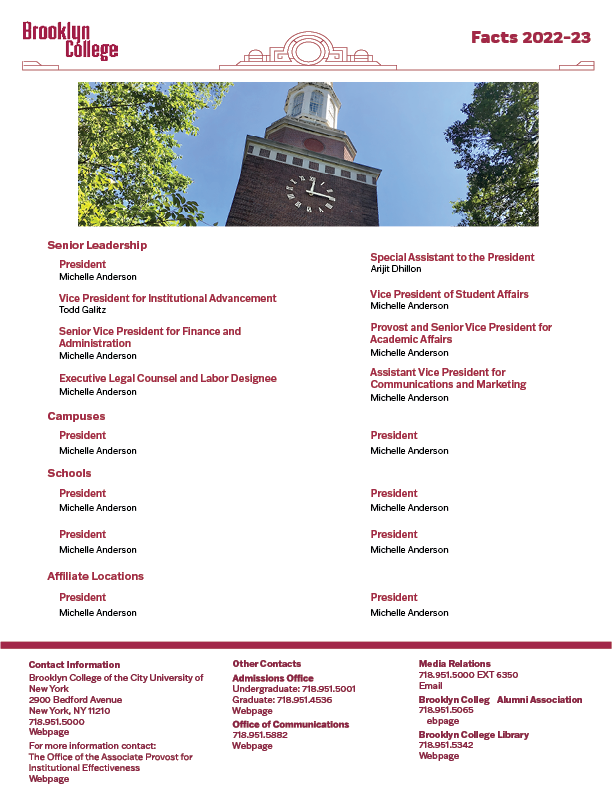
Facts Sheet made by: Matthew De Souza
Intermission #5
In recent weeks, discussions have been held regarding an upcoming video project that is intended for the establishment’s Tiktok account. Although myself and the other interns have engaged in conversations and devised plans for these videos, no tangible progress has been made thus far. I anticipate that the process will gain momentum in the forthcoming weeks. However, it is disconcerting that there has been a consistent delay in this project, leaving me uncertain about its status. Apart from the video project, our supervisor has assigned us other design tasks and projects to occupy our time. In my previous assignment, we created zoom backgrounds for employees to utilize during meetings and gatherings. However, this time, we were instructed to develop zoom title screens that would seamlessly transition into the aforementioned backgrounds. To accomplish this, I had to bear in mind that my supervisor prefers graphics that are both simple and impactful. Additionally, I had to ensure that the new title screens maintained a similar aesthetic to the backgrounds I had previously created.
During the initial feedback session where we presented our work, I had produced four title screens. Although the supervisor appreciated certain aspects of each one, they ultimately approved only one. This posed a challenge, as I was required to create a total of three screens. After taking a step back, I decided to start anew and conduct research on minimalist backgrounds and wallpapers. This approach proved fruitful, as it inspired me to generate additional backgrounds. By making slight modifications to the initial background, I successfully crafted three entirely new screens while preserving the same essence as my previous zoom backgrounds. I have submitted these backgrounds, but I am still awaiting feedback. A meeting is scheduled for Thursday, during which I hope to receive an update on the video project and potentially obtain feedback on our most recent zoom title screens.
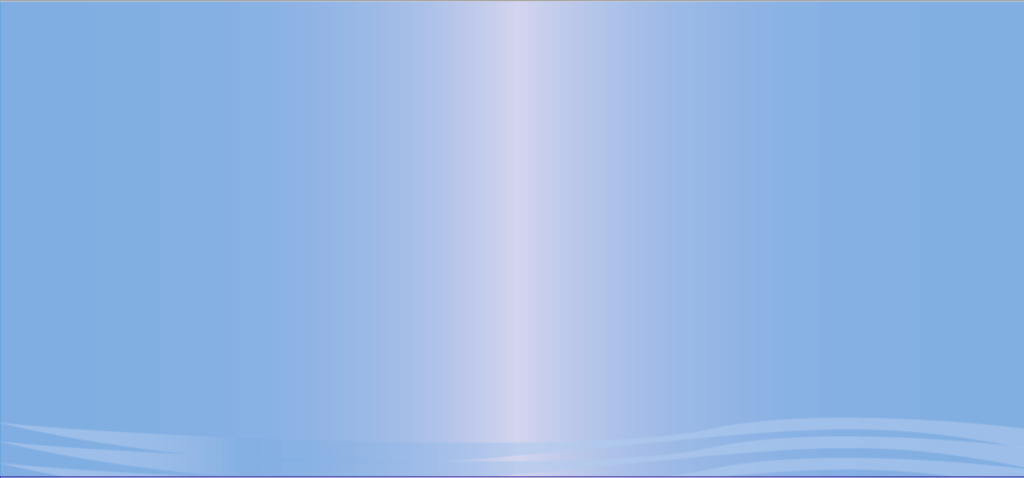


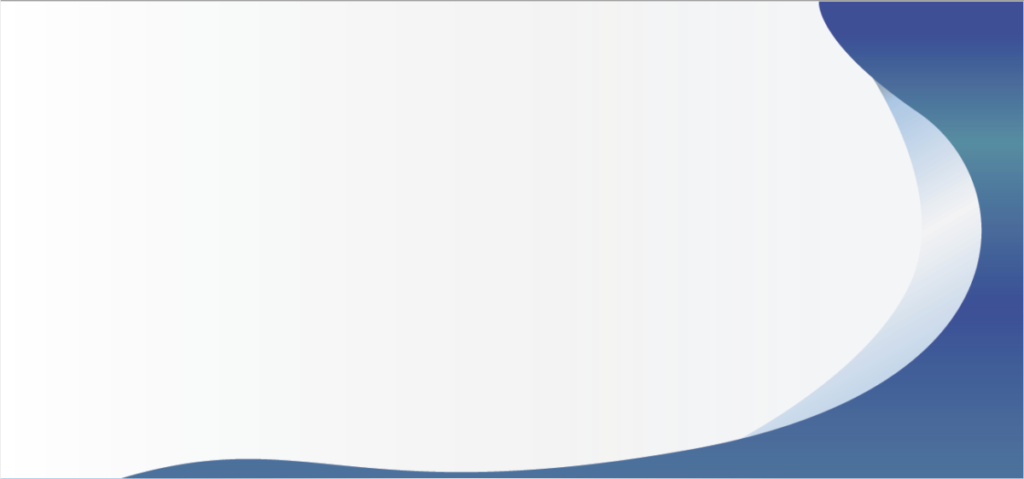
Zoom Backgrounds made by: Matthew De Souza
Keeping a balance #4
At the start of the week, we were presented with the opportunity to design zoom slides and backgrounds that incorporated the logos of our facilities. We were restricted to a limited range of colors that were outlined in the brand guidelines, which we had to adhere to at all times. The process of generating ideas was somewhat challenging as I had to strike a balance between creating something visually appealing yet not too distracting. These backgrounds had to be more than just a plain white screen, as they played a crucial role in establishing a positive, warm, and welcoming atmosphere for the online class. After creating a few designs, I received feedback within a couple of days. During our weekly meeting on Thursday, our supervisor informed us about upcoming projects, including a video project that required us to plan out the details and roles for each intern. We discussed filming schedules, video content, and time management. Unfortunately, our planned zoom meeting was cancelled due to unforeseen circumstances. In the meantime, I am focusing on my other classes and projects, managing my time effectively to strike a balance between both without feeling overwhelmed. This was a concern of mine at the beginning of the semester, but things are going well so far.
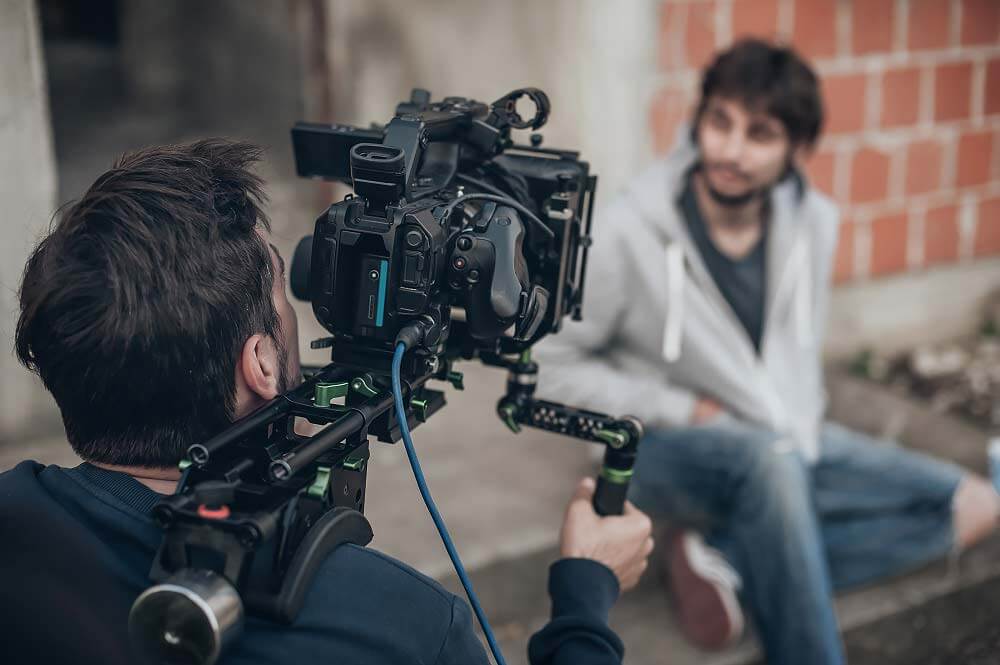
https://beonair.com/wp-content/uploads/2019/06/10-Ideas-for-Video-Projects.jpg
Zoom Request #3
During my internship, there has been a decrease in workload, allowing me to allocate more time towards projects for my other classes. Recently, there have been discussions regarding a video project that has spanned a couple of weeks. Last week, my fellow intern and I brainstormed and generated 15 ideas for potential videos. Additionally, we delved into the process of filming these ideas. These efforts culminated in a meeting that took place yesterday. During this meeting, we received feedback on the video concepts and were instructed to narrow them down to four, ultimately selecting two for filming. Some ideas were rejected due to restrictions on interacting with certain elements within the educational institution.
Our supervisor informed us that filming would not be necessary and instead assigned us smaller graphic projects. These projects involved creating Zoom backgrounds and menus for the institution. Despite their smaller scale, we were instructed to approach these tasks with utmost seriousness, as they were requested by the head of the department. To provide my supervisor with a range of options, I developed multiple backgrounds, exceeding the required amount. Throughout this process, I prioritized the concept of simplicity, ensuring that the backgrounds were not overly busy or distracting for potential users. Initially, I had planned to utilize Adobe InDesign for this task, but ultimately opted for Illustrator due to its superior color swatches, gradient tools, and blurs. I incorporated light blues and yellows, overlaying them with objects of low opacity. Lastly, I included multiple institutions within the backgrounds to demonstrate their placement and functionality within the landscape space.
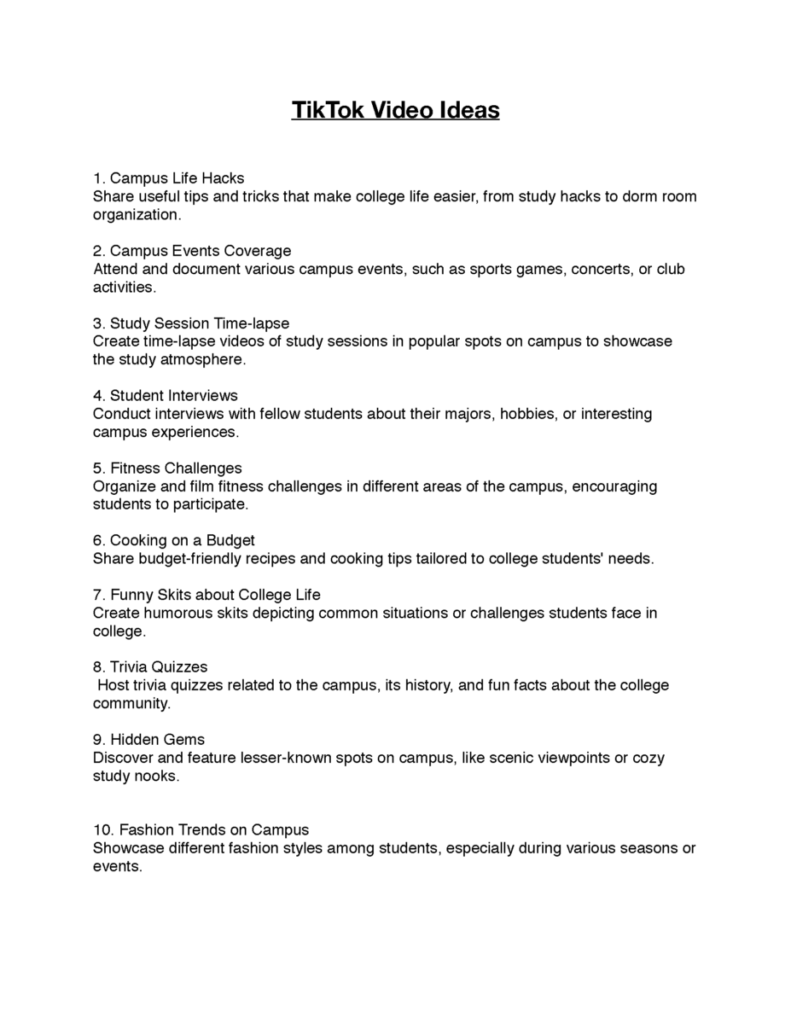

Suggestion Sheet made by: Matthew De Souza
Ethics in Design 2A and 2B
2A) In the field of illustration, it is more challenging to plagiarize someone’s work outright by claiming it as your own without making any alterations. Through my experience, I have come to understand that illustrators are highly vigilant about protecting their original characters and do not approve of others creating public pieces featuring them, particularly if there is financial gain involved. I have never engaged in the act of appropriating someone else’s character or design work, and should I ever make reference to it, I would duly credit and link the original designer’s name or account.
2B) In the Fairey Copyright case, it is evident how complex copyright laws can become in regards to intellectual property. While Mr. Fairey’s art was impactful and supported certain ideals, he utilized images that fell under fair use. However, despite this justification, he reproduced and altered the image without obtaining permission from the original owner. Ultimately, regardless of perspective, it can be concluded that this act constituted as theft of intellectual property. Attempting to create counterfeit images in order to conceal his actions was an unethical decision, indicating that Mr. Fairey was aware of his theft rather than it being unintentional. The fact that he had gained significant recognition and influence played a major role in him receiving leniency in this matter. After discussing the situation with The Associated Press, they were able to come to a mutual agreement for both parties. However, other designers who may find themselves in a similar predicament may not receive the same level of leniency if their work is not as widely acknowledged.
Upon reviewing the articles and newsletters, my perspective has remained largely unchanged. I was already aware of the prevalent issue of plagiarism in the design industry. It is crucial for smaller designers to exercise extreme caution when faced with situations similar to the Fairey Copyright case. The fact that Fairey’s position of power and recognition played a role in his receiving a reduced punishment only further highlights the importance of being diligent in protecting one’s own work. It is important to note that not all designers possess the authority to utilize work that has been previously done without proper acknowledgement. It is imperative for us, as professionals in this field, to be vigilant and refrain from appropriating ideas without crediting their source. Being conscious of this fact plays a crucial role in maintaining ethical standards within our career path. Moving forward, I intend to increase my awareness and exercise caution when navigating through this profession.
Citation(s)
- “Case Study on Fair Use and Fair Dealing: The Hope Poster Litigation” Fisher, W. (2012). PDF. Cambridge; Harvard Journal of Law and Technology.
- “Use of Photography” AIGA. (2001). PDF. New York City; Richard Grefé, AIGA.
- Kennedy, R. (2012, September 7). Shepard Fairey is fined and sentenced to probation in ‘hope’ poster case. The New York Times. Retrieved October 8, 2022, from https://archive.nytimes.com/artsbeat.blogs.nytimes.com/2012/09/07/shephard-fairey-is-fined-and-sentenced-to-probation-in-hope-poster-case/
Ethics in Design 1B
To date, I have not been required to enter into a confidentiality or non-disclosure agreement with the organization for this internship. The sole documentation I have completed or submitted is an internship agreement form, which includes my personal details, information about the organization, my assigned tasks during the internship, and mutually applicable terms for myself and the organization. However, for clarification, a non-disclosure agreement (NDA) is a legally enforceable contract that establishes a confidential relationship. The signatories of the agreement commit to keeping any sensitive information they acquire strictly confidential and not disclosing it to any third parties. An NDA may also be known as a confidentiality agreement.
The main advantage of a non-disclosure agreement (NDA) lies in its ability to maintain the confidentiality of sensitive information pertaining to your company. This encompasses a wide range of data, including research and development (R&D) findings, potential future patents, financial details, negotiation strategies, and various other aspects. The clarity of NDAs is evident as they outline the boundaries of disclosure to prevent any misunderstandings. Furthermore, NDAs can be easily and inexpensively created, as they simply require a signed document. This approach proves to be highly economical for safeguarding confidential information. In addition, the repercussions of revealing restricted information are clearly stated, serving as a deterrent against any potential breaches. Moreover, they also serve as an effective means to uphold a sense of ease and reliance within a relationship.
Commencing a relationship with an NDA agreement as a primary drawback is that it initiates a sense of doubt and suspicion. Consequently, this can significantly influence the overall dynamics of the relationship, potentially leading to unfavorable outcomes. Moreover, employee NDAs may hinder the recruitment of exceptional individuals, as they would be aware of the restrictions imposed on discussing their work in the long run.
An example is Apple, and it is renowned for its exceptional level of privacy, making it one of the most secretive corporations globally. The company meticulously safeguards its technological advancements and forthcoming products until it deems the appropriate time for their unveiling. This approach serves a dual purpose: deterring potential competitors from pilfering valuable trade secrets and imitating its groundbreaking innovations, which Apple has consistently pioneered throughout its existence, while also creating a sense of anticipation and excitement among consumers as a strategic marketing tactic. Apple maintains a strict policy of confidentiality in all its partnerships, requiring every partner to sign non-disclosure agreements (NDAs). Partners are explicitly instructed not to reference the name “Apple” in any way, and Apple has taken legal action against those who have breached this agreement, seeking substantial financial compensation.
Throughout my research and experience, I am committed to adhering to all guidelines set by my supervisors at the organization. As a designer, I will strive to produce work that portrays the organization in a positive light, while also showing respect to the clients and supervisors around me.
Citation(s)
- “A Client’s Guide to Design: How to Get the Most Out of the Process” AIGA. (2001). PDF. New York City; Richard Grefé, AIGA.
- “Use of Photography” AIGA. (2001). PDF. New York City; Richard Grefé, AIGA.
- “Guide to Copyright” AIGA. (2001). PDF. New York City; Richard Grefé, AIGA.
Ethics in Design 1A
During my internship, I have diligently fulfilled my responsibilities as a designer and adhered to all ethical principles outlined in the AIGA guide. For every project, I have been conscientious in my selection of images and designs to ensure that the final result is satisfactory to the organization. Receiving resources from the organization, such as their logos, branding colors, and other design assets, required me to blend these assets with my own creative flair in order to craft cohesive works that effectively conveyed the organization’s message. A constant source of communication was present between the supervisor and the designers, as there will be times when they want to change things. For my internship, our colors were divided into a “main” and “sub” category. The “main category” held colors that were mandatory and defined the company. The “sub category” had colors that weren’t used as often and were very situational. We were informed to always use the main category of colors for all projects and to ask permission for the use of the subcategory. As of now, there hasn’t been a project that required the sub colors and there might never be. This shows how important it is to be in contact with your client.
As a designer, it’s your job to take the client’s ideas and design a proper piece to present. A piece that will fill them with satisfaction, but in specific situations, you may also want to include your own input on certain design choices but not outright tell the client that they are wrong. It is their project and they have the last say. “A Client’s Guide to Design: How to Get The Most Out of The Design”, by AIGA, states, “A professional designer shall acquaint himself or herself with a client’s business and design standards and shall act in the client’s best interest within the limits of professional responsibility.”
I ensured that my design was in sync with the styles of previous designers who had worked on similar projects. To achieve this, I reviewed their Instagram profiles and promotional artwork for past events and seminars. After sharing my work with my supervisor for evaluation, they advised against using the sub colors frequently and recommended sticking to the main color scheme. My supervisor provided me with a Google Drive file containing a comprehensive collection of pictures they have utilized over the years, eliminating the need for extensive search on the internet to source images. This was greatly beneficial in our quest for visuals. In case there were instances where the pictures in the file did not serve our purpose, we could readily refer to their Instagram or Flickr accounts for suitable alternatives. The supervisor assured us that they want the design journey to be as smooth as possible and all images that we use are owned by them.
Citation(s)
- “Use of Photography” AIGA. (2001). PDF. New York City; Richard Grefé, AIGA.
- “Guide to Copyright” AIGA. (2001). PDF. New York City; Richard Grefé, AIGA.
- “A Client’s Guide to Design: How to Get the Most Out of the Process” AIGA. (2001). PDF. New York City; Richard Grefé, AIGA.


